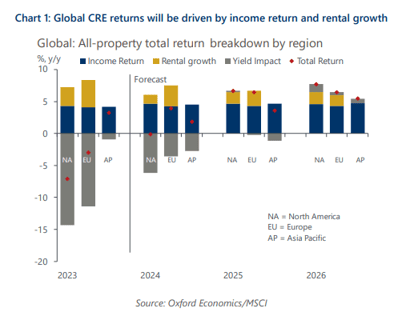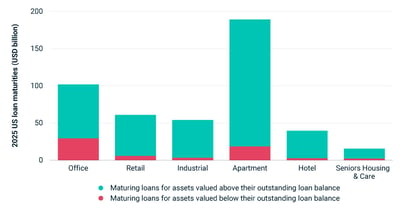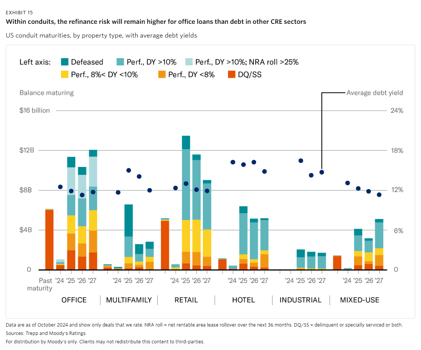CRE OP-ED
Commercial Real Estate in 2025: Reshaping the Asset Class


Commercial real estate (CRE) has always been cyclical, but the current shifts in the industry feel more structural than temporary. Having worked as an analyst in the industry on large-scale data infrastructure investments—like deploying capital surrounding TSMC’s development in Phoenix—I've seen firsthand how new asset classes, government incentives, and shifting demand drivers are redefining the market.
The winners in this new CRE cycle won’t be the traditional office landlords—they’ll be the investors and developers who understand the convergence of technology, infrastructure, and capital markets. Here are three key trends shaping the future of CRE.
1. Data Infrastructure is the New Core Asset Class
The fastest-growing segment in commercial real estate isn’t office, retail, or even traditional industrial—it’s data infrastructure. Hyperscale data centers, AI compute hubs, and edge computing facilities are driving demand for power, connectivity, and land in strategic locations.
Take the CHIPS Act, for example. My experience working on TSMC’s semiconductor expansion in Phoenix reinforced how government incentives are accelerating capital deployment into data infrastructure. These investments aren't just about real estate—they’re about securing America’s position in the AI-driven economy.
For investors, this means the highest-growth opportunities in CRE won’t look like the past. The best-positioned assets will be those tied to the digital economy—data centers, semiconductor fabs, and logistics hubs that serve AI and cloud computing demands.
2. The Great Office Reset: A Value Trap or an Opportunity?
The office market is facing its biggest challenge in decades. Hybrid work is here to stay, vacancy rates are climbing, and distressed debt is piling up. But the idea that office real estate is dead is an oversimplification.
We’re seeing a flight to quality—where trophy buildings with top-tier amenities, ESG certifications, and flexible layouts are thriving, while outdated office stock is rapidly losing value. Investors with a contrarian mindset will find opportunities in adaptive reuse, converting obsolete offices into multifamily, life sciences labs, or even mixed-use campuses.
The real play in office isn't just waiting for a rebound—it’s repurposing underperforming assets to align with new demand drivers.
3. Industrial and Logistics: The Next Phase of Growth
Industrial real estate has been a top performer over the past decade, but we’re entering a more strategic phase. The demand for logistics hubs, cold storage, and automated fulfillment centers remains strong, but supply chain localization is adding new dimensions to the sector.
Manufacturing reshoring—driven by geopolitical risk and policy shifts—is creating demand for modern industrial facilities, particularly in Mexico and key U.S. markets. AI-powered supply chain optimization is also reshaping logistics networks, leading to a rise in smart warehouses and automated distribution centers.
For investors, the opportunity isn’t just in traditional industrial REITs—it’s in specialized logistics infrastructure that supports AI-driven commerce and nearshoring trends.
Final Thoughts
Commercial real estate is going through a fundamental reallocation of value. Legacy asset classes like office and retail are being forced to reinvent themselves, while new segments—data infrastructure, logistics, and adaptive reuse—are driving growth.
Having worked on large-scale CRE investments across all asset classes, I see this as a moment of opportunity. The next cycle in real estate won’t be about riding past trends—it’ll be about capitalizing on the structural shifts shaping the future.




